Böker Tiger Damascus knife - Frankonia Wholesale B2B ✓ Germany ✓ International
PRODUCT DETAILS
- real piece of living history
- unique damascus blade
- blade with ball bearings
- handmade
- with certificate of authenticity
The impressive Böker Tiger-Damascus is expanding the series of historic pocket knives with a very special model. The collector's knife with a historical past is a real piece of living history and combines high-quality craftsmanship with authentic materials.
The straight Böker Tiger Damascus features a unique Damascus blade made from the steel of the battle tank destroyed at Bauska. The non-stainless mosaic damask is hand forged by Chad Nichols in the Intrepid pattern and is reminiscent of the armor marks left in the ground by the Tiger's heavy tracks. Unlike conventional damask, when producing mosaic damask, no layers are created, but rather complex damask bars are forged by hand into a mosaic in a complex and very complicated process.
The ball-bearing blade is opened with a thumb pin and locked by a sturdy steel frame lock with a stonewash finish; a Hinderer lock-stop acts as over-expansion protection for the lock. The overall shape of the knife pays homage to the famous lines of the tank, while the decorative blade axle screw is modeled after the main drive sprocket. The slightly contoured handle made of Jute Micarta has precisely milled grooves and is reminiscent of the characteristic surface structure of the Zimmerit coating on German armored vehicles. With lanyard eyelet and milled clip (tip-up/r) with steel ball. Handmade in the Böker Knife manufacturer Solingen. Delivered with an elegant floating display, certificate of authenticity and individual serial number.
Technical specifications:
- Total length 19.8 cm
- blade length 8.5 cm
- blade thickness 3.6 mm
- weight 141 g
- blade material: damask
- handle material: micarta
- opening aid: thumb stud
- opening: manual
- closure: frame lock
Known worldwide as the Tiger, the Panzerkampfwagen VI was used by the Wehrmacht from late summer 1942 and is considered one of the most famous tanks in history, despite its modest production number of only 1,350 units and the associated low strategic importance. The development of the heavy tank can be traced back to 1937, and series production began in August 1942. Today there are only seven surviving examples, which are exhibited scattered around the world. Due to the low availability, the so-called Frankentiger was even assembled for this purpose from wreckage from different years of production.
The from Böker The tank parts used, however, come from a Tiger I of the heavy tank division 502, which was destroyed in combat in Latvia in the summer of 1944 in a heavily forested area near the town of Bauska. Based on the wreckage found at the original excavation site, it was determined that this Tiger was an early to mid-production model. Examination of the battle damage to the remains, military records and local historical accounts revealed that this Tiger tank collided with both a Russian T-34 medium tank and a SU-76 self-propelled gun, while also being hit by a stationary 45mm anti-tank gun was damaged. It is still unclear which of the impacts caused the most damage and sealed the tiger's fate. However, since several 76mm fragments were lodged in the heavy armor, it is assumed that a nearby T-34 landed the decisive hits before it too was destroyed 300 meters away.
Otto Carius and Albert Kerscher, two of the most successful tank commanders of the Second World War, tried to stop the advance of the Soviet armed forces on Riga with the heavy tank division 502 at that time. The department was able to defeat the enemy blockade forces near Tukums so devastatingly that it was able to retreat to Latvia's Courland together with over 500,000 other soldiers from Army Group North. The armed forces were trapped there as the Soviet advance continued. The Kurland Pocket served as a bridgehead and could be supplied by the Navy by sea. It withstood six major attacks by the Soviet armed forces until its unconditional surrender on May 8, 1945.
Please note that one-hand knives are subject to the ban on carrying according to Section 42a of the Weapons Act.
Manufacturer
EU Responsible Person
| Data | Values |
|---|---|
| Total length in cm | 19.8 |
| Blade length in cm | 8.5 |
| Blade thickness in mm | 3.6 |
| Blade steel | Damast |
| Blade lock | Framelock |
| Handle length in cm | 11.3 |
| handle material | Micarta |
| including knife sheath | nein |
| Sheath/case material | - |
| EAN Code | 4045011241581 |
Documents (PDF) | |
 | Test Heft Juni 2022 |

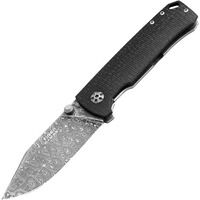&quality=40)
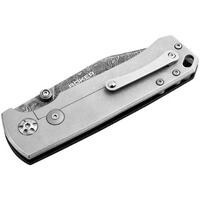&quality=40)
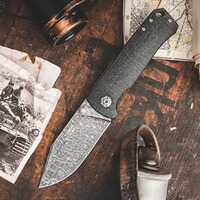&quality=40)
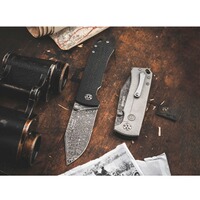&quality=40)
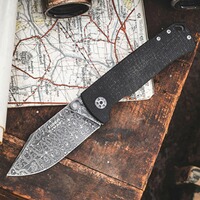&quality=40)
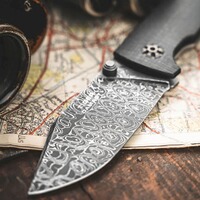&quality=40)
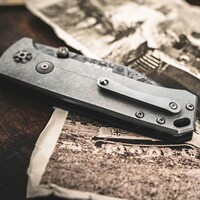&quality=40)
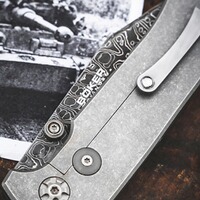&quality=40)
&quality=40)
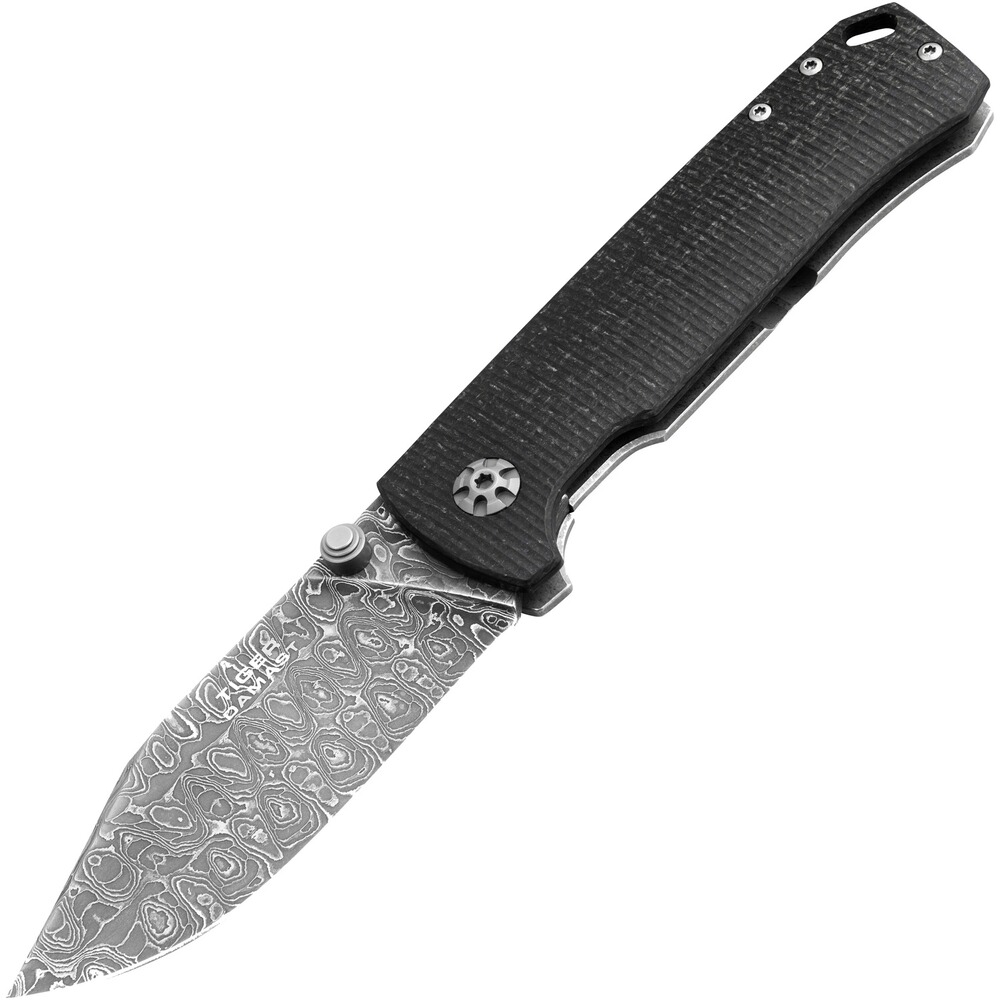&quality=40)
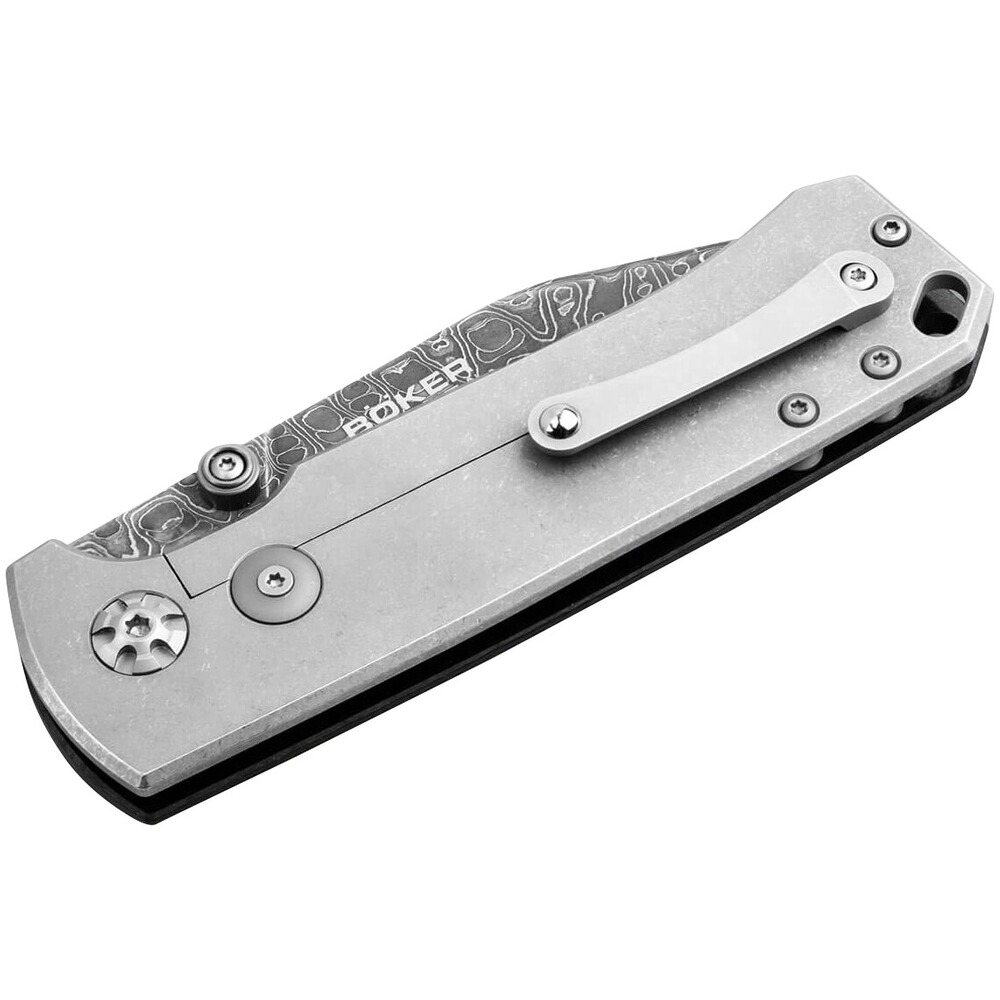&quality=40)
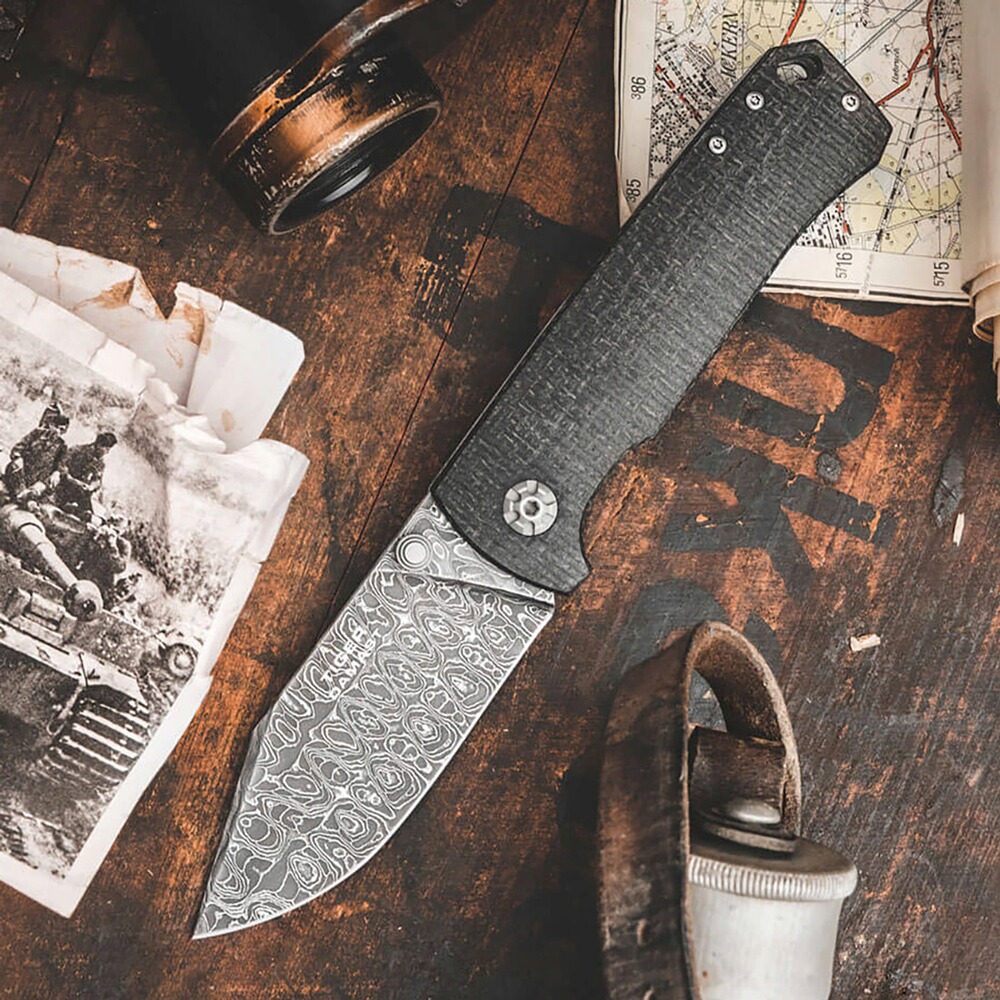&quality=40)
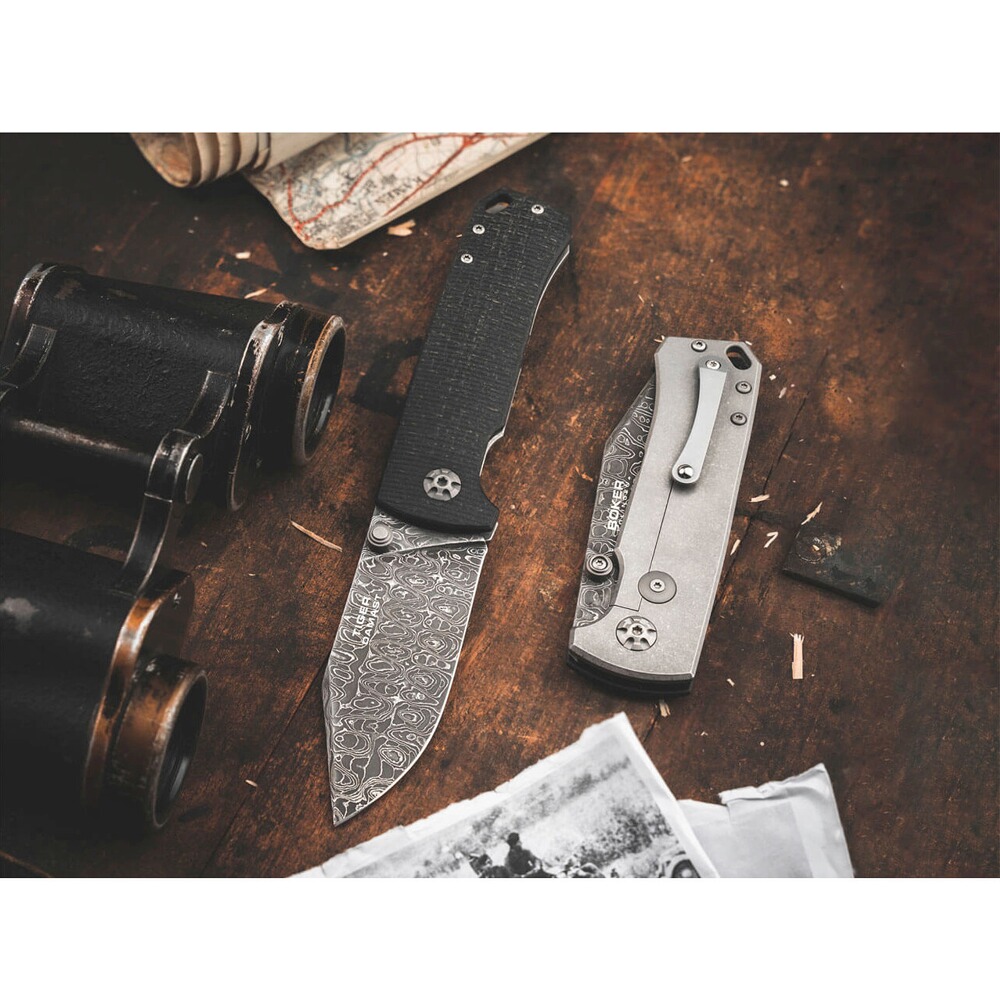&quality=40)
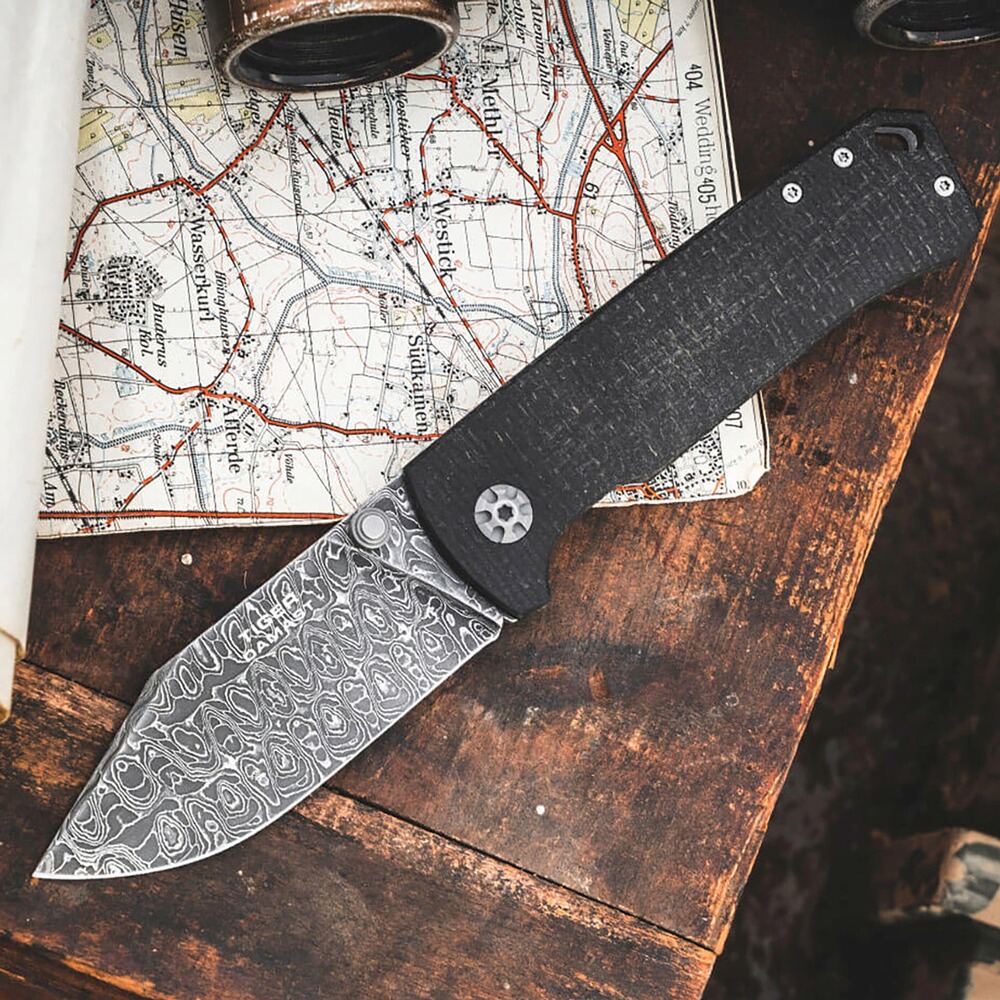&quality=40)
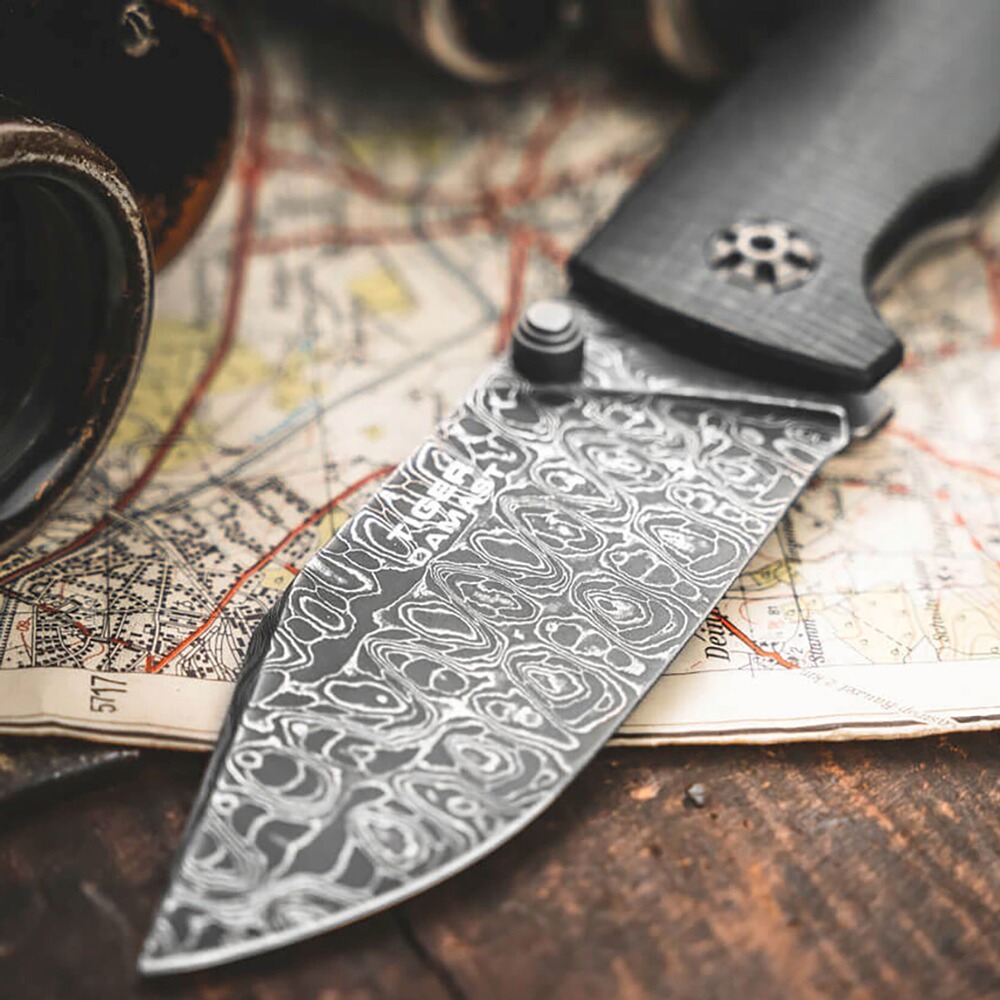&quality=40)
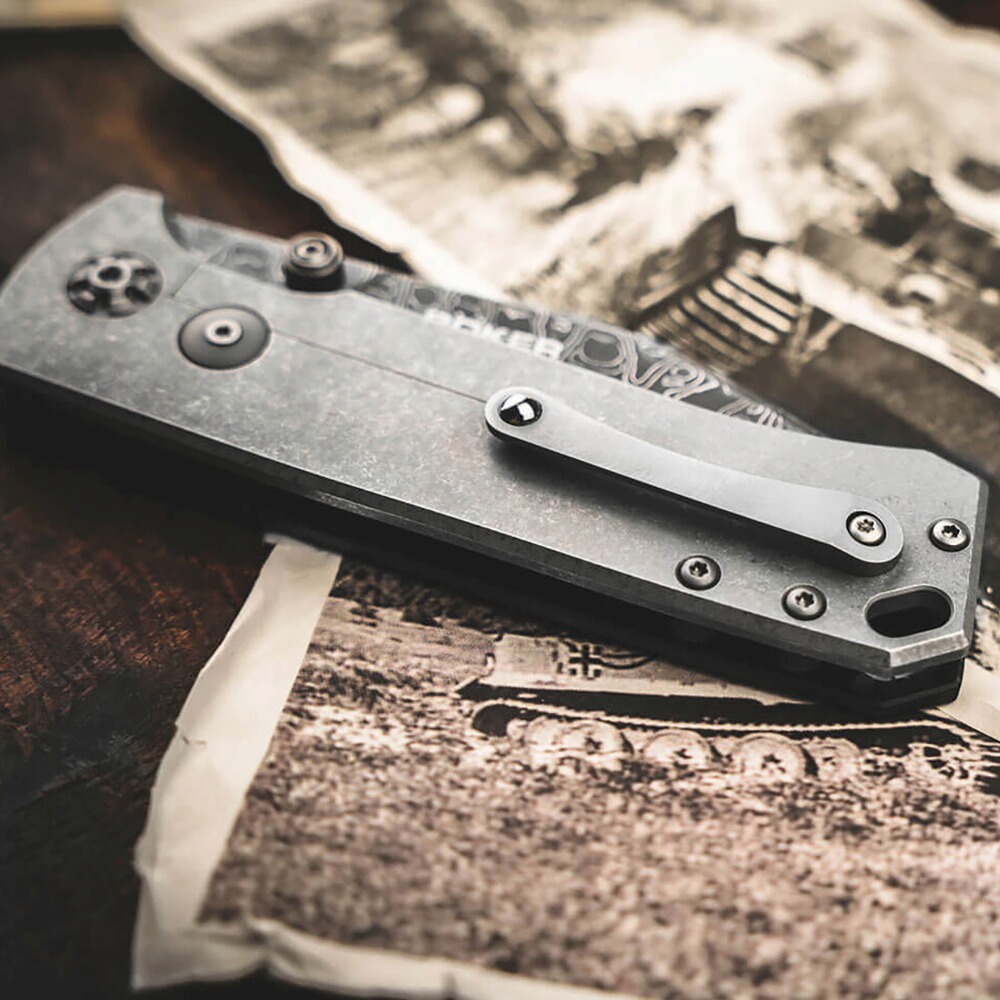&quality=40)
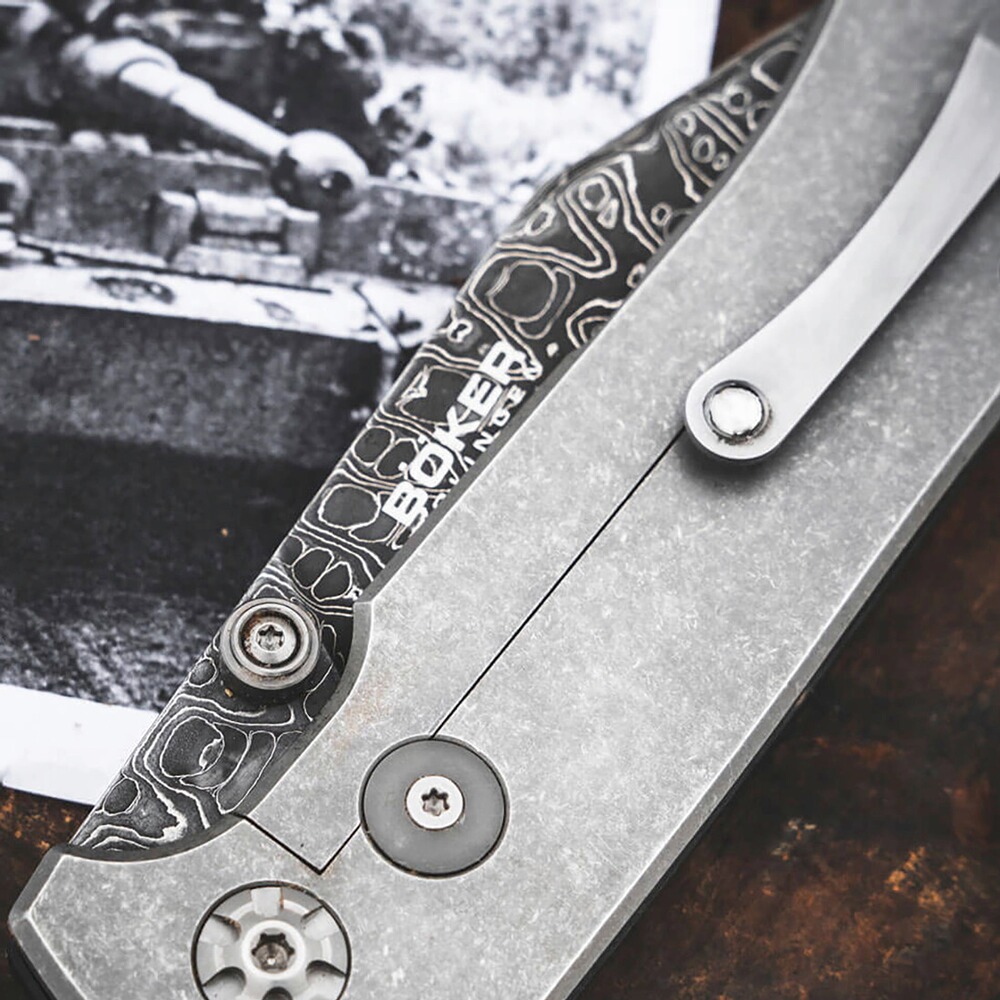&quality=40)
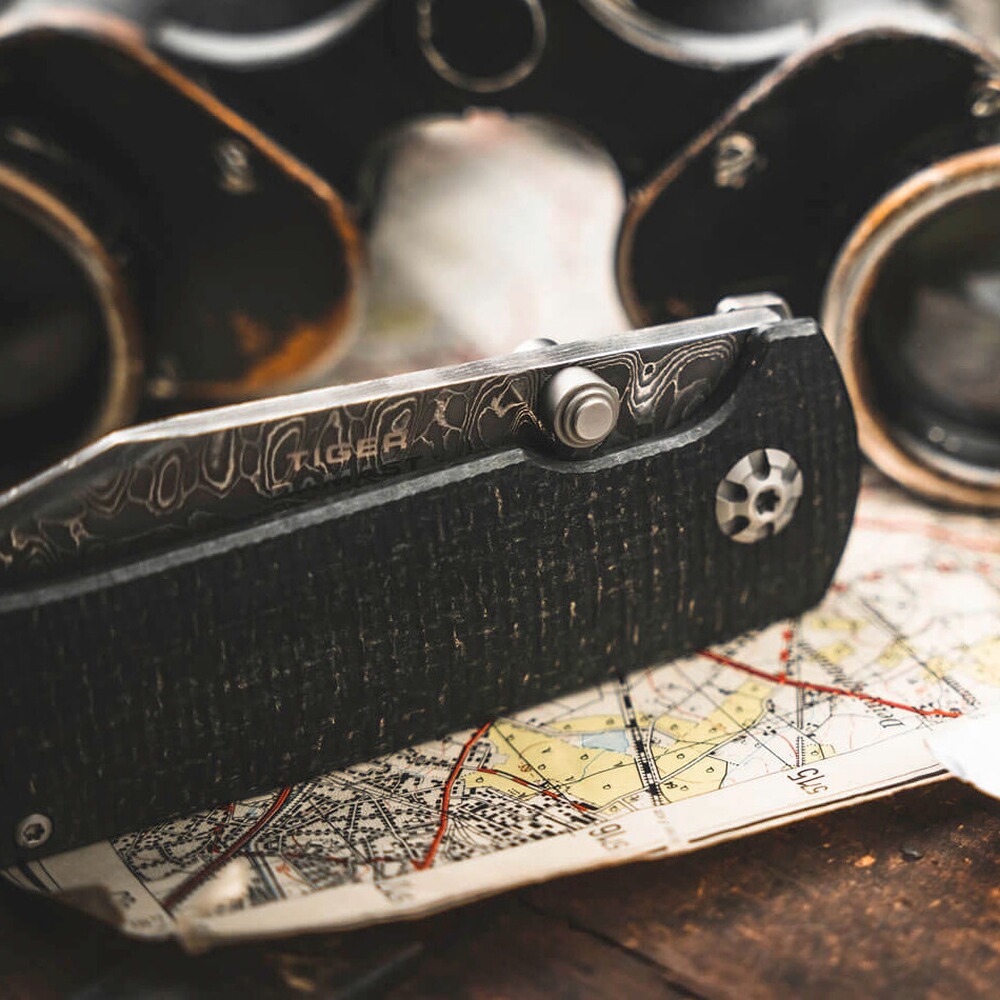&quality=40)